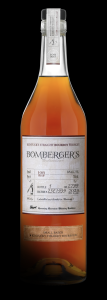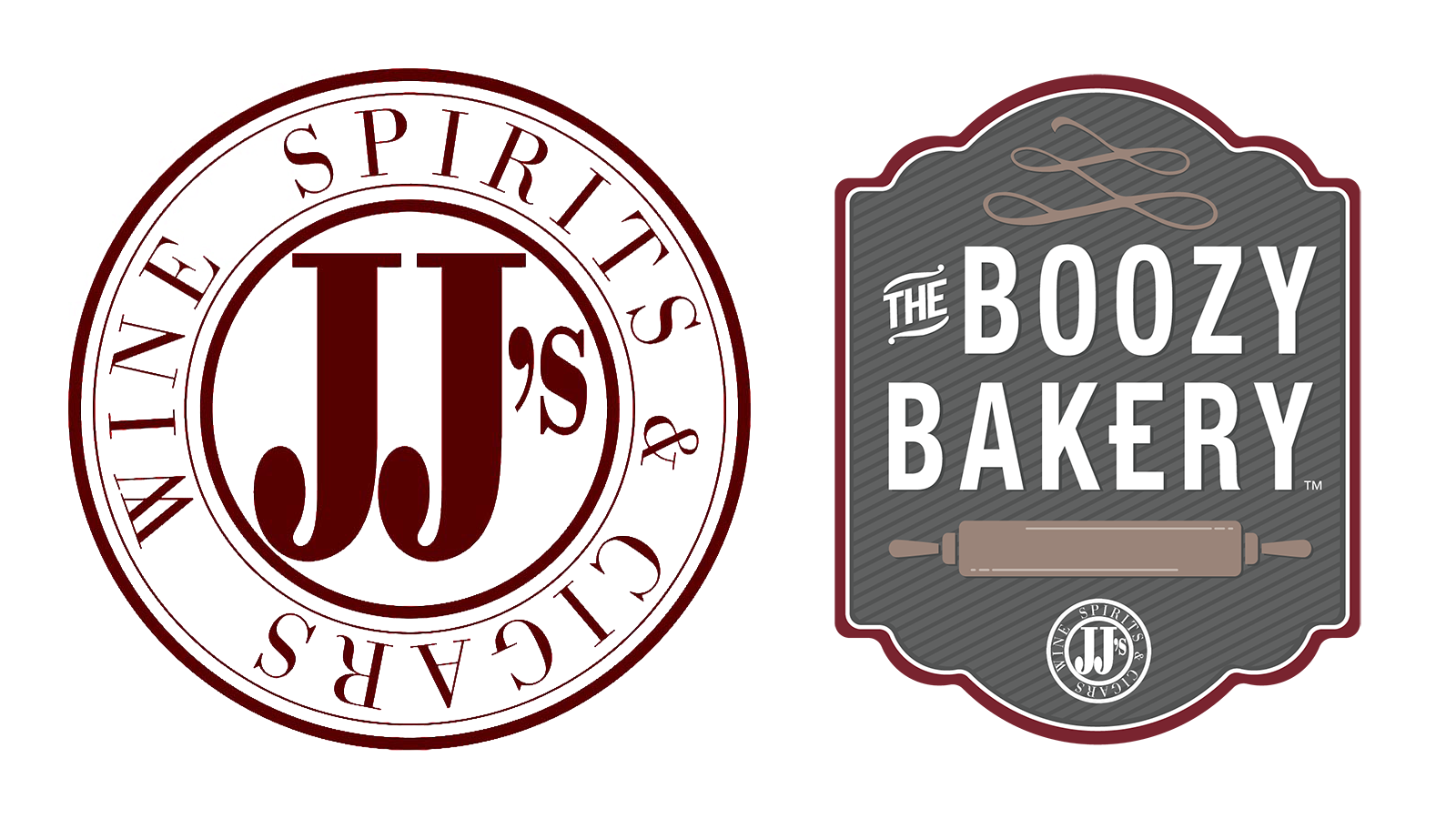Bomberger’s Declaration 2023 – by Michter’s
This year has been really tough for allocated whiskies. If you aren’t familiar with term, let me define it.
Allocated Whiskey – Bourbon and other whiskies that used to collect dust on our shelves and now get “allocated” based on a series of complex metrics. It’s complicated.
 What is the purpose of allocating whiskies? It’s somewhat self explanatory, but in short, it’s an anomaly in the traditional supply and demand curve that we learned in Econ 101. It’s anomolous because in a traditional supply and demand curve when demand goes up, supply goes up and price is stabilized. In the world of allocated whiskies, from a retailer’s perspective, when demand goes up, the supply does not, which would typically cause the price to rise. That is simply not the case.
What is the purpose of allocating whiskies? It’s somewhat self explanatory, but in short, it’s an anomaly in the traditional supply and demand curve that we learned in Econ 101. It’s anomolous because in a traditional supply and demand curve when demand goes up, supply goes up and price is stabilized. In the world of allocated whiskies, from a retailer’s perspective, when demand goes up, the supply does not, which would typically cause the price to rise. That is simply not the case.
Let’s break that down a little.
Demand
Demand is determined by the level of interest in the markeplace of a product. That interest is further defined by those who are partaking in these products, and those who are profiting off a relatively new phenomenon in the world of whiskey, the secondary market. The secondary market is what is currently determining the “market value” of these products. What’s wrong with that? It’s illegal in most states and gives the illusion that the price of an item goes up with the demand and lack of supply. In short, a $50 whiskey is now deemed a $500 whiskey, but it is still a $50 whiskey.
Supply
Whiskey is “slow-to-market” good. Meaning it takes a long time to make. And in a world of “need it now” it complicates the supply component because by the time folks gain interest in an allocated item, it is no longer available, and won’t be for quite some time. How long does it take to make a barrel of Pappy Van Winkle 23? Well, 23 years. 23 Years ago, nobody knew this was going to happen. And 23 years from now, folks will likely be interested in something else. Or not. But as I am not a fortune teller, it makes it very difficult to determine.
Price
Price is tricky. As is assessed value of an allocated whiskey. Is price determined by the price paid at reputable retailers? Or is price determined by the illegal secondary market? In a traditional economic model, price is determined by the MSRP or Manufacture’s Suggested Retail Price. In this world of allocated whiskey, price is more likely determined by what enthusiasts are willing to pay in the illegal secondary market giving the illusion that the Supply-Demand curve with respect to price is true to the traditional model. That is simply not the case.
Engagement
So where does that leave us? Engagement. Allocated whiskies are now tools of engagement. What does that mean? From a supplier/wholesaler perspective it means that these items are used to engage retailers, or markets as a whole, to convince (or coerce) them that they need something that they really don’t need, or want, if they want to “get” any allocated whiskies. This is technically illegal as well, in most markets, but has been rationalized by the devleopment of supply metrics to determine who gets allocated items. Wonder why a global company like Sazerac can invest $2.5B into a single distillery? It’s not because they are selling that much Pappy Van Winkle, Buffalo Trace or Blanton’s. It’s because they are selling that much Fireball and (Pick a brand) Vodka which you can find stacked to the ceiling in most retailer accounts.
The world of allocated whiskey, at least the ones that most folks want, is controlled by very large companies that sell more than just said whiskies. It has been determined that using these allocated items to flood the market with, quite literally, anything they decide to push on us, is going to have a degree of success. I mean, whoever thought the peanut butter whiskey was a good idea with longevity in the marketplace?
From a retailer’s perspective these items are used as an engagement tools as well. Because, at least from this retailer’s perspective, engagement is the key to profitability when it comes to these items, because we don’t make much money when one of these item’s is sold. Single Barrels, whiskey raffles and feature flights weren’t always a thing, but as the world of allocated whiskey evolved, they became necessary tools of engagement to garner at least some of the profitibility that lies within these items outside of the MSRP.
Some retailers are a little more obvious about their profit motives by charging “secondary” value through inflated markups or “auctions” which provide them with a higher margin on the direct sale to consumer. We feel these actions are unethical and don’t really build much consumer engagement outside of a singular event or sale.
Like I said, it’s complicated. Wish it wasn’t, but here we are. On to today’s whiskey. An allocated whiskey that I am excited to share with you!
Bomberger’s Declaration Distillery Bourbon honors the legacy of the former distillery known as Bomberger’s in the 1800’s and later as Michter’s in the 20th Century.
This 2023 release continues the Bomberger’s tradition of offering bold and beautiful 108 proof Kentucky Straight Bourbon with a rich and layered complexity due to a portion of the bourbon being aged in Chinquapin (Quercus muehlenbergii) oak. The Chinquapin oak utilized for the aging was naturally air dried and seasoned for three years before being toasted and charred to the exacting specifications of our Master of Maturation Andrea Wilson. In addition, some malted rye was used in the production of this bourbon. This is a bold and rich whiskey featuring its signature fruit and spice coupled with rich molasses and a complex, lingering finish that gives you something to savor.
I hope you enjoy today’s entry! Thanks for reading!
- Name: Bomberger’s Declaration – 2023
- Country of Origin/Locale: Louisville, KY
- Proof: 108.0
- Glass: Glencairn
- Temperature: Room
- Cocktail Options: None
- Available: Yes, sort of. We will have a bottle or two on future raffles. Also in JJ’s Bar for pours.
- Price: List Price – $165.99 JJ’s VIP Price – $132.79
Tom’s Tasting Notes: Bomberger’s Declaration is always a treat. It first came on the (our) scene in 2019 and, when we get enough, a bottle goes to JJ’s Bar for folks to enjoy. When we do this, the team gets to try as well. The color is intense. A rich mahogany look. The nose is comprised ofdark, stewed fruit, caramel and spice. It has a rich burnt sugar taste combined with hints of molasses, fruit and dark chocolate. The finish is grand with lingering notes of chocolate and rich caramel.

Recent Comments